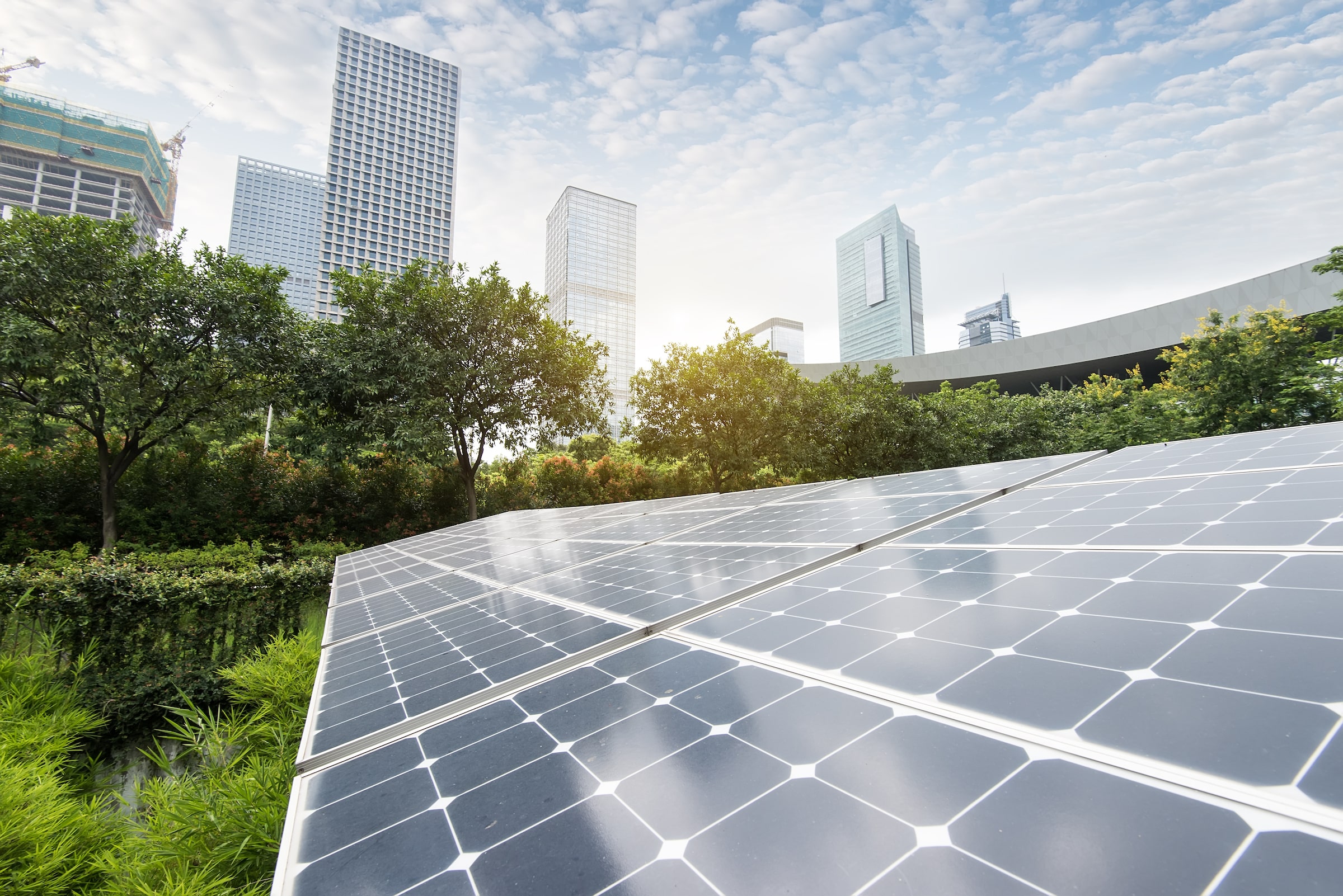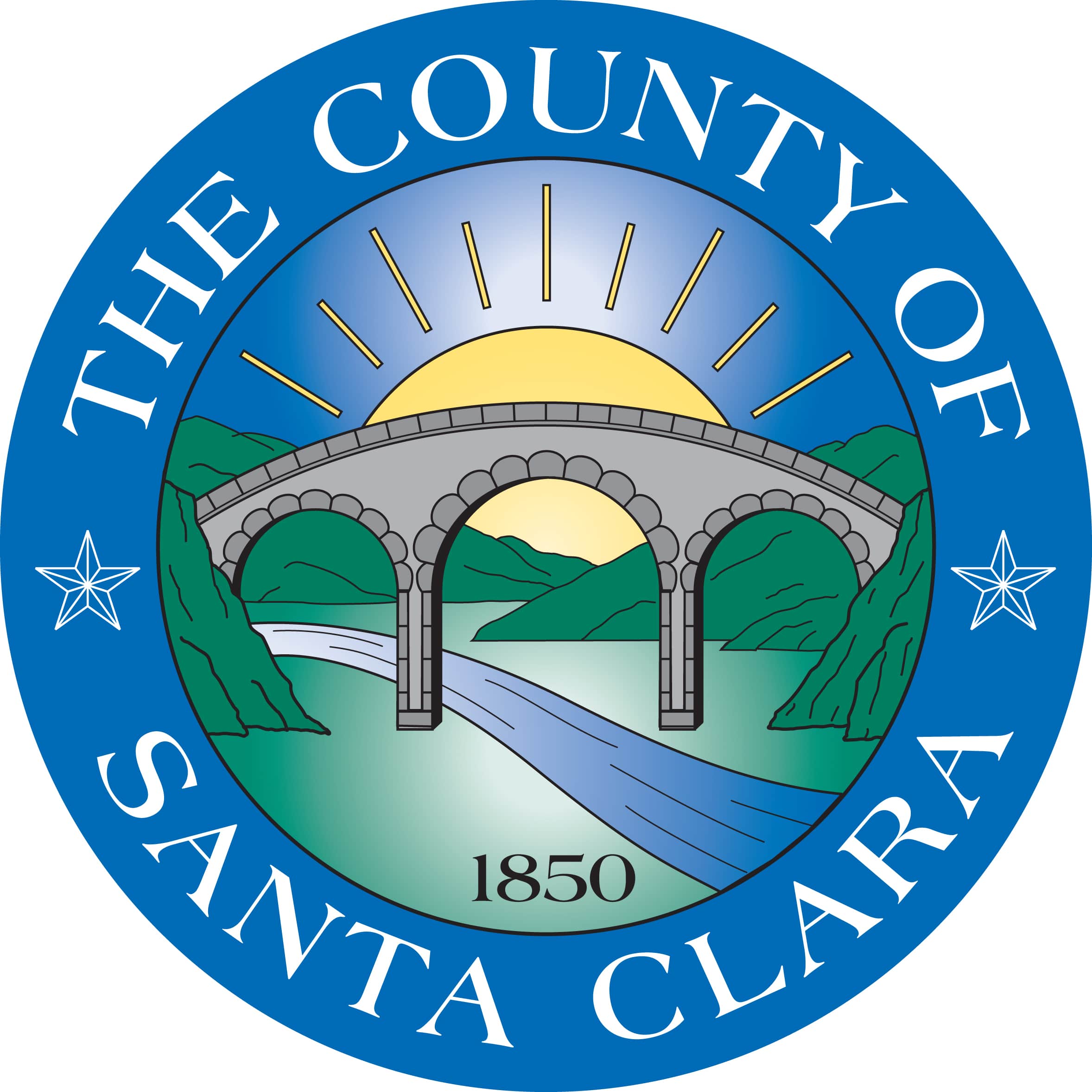Bay Area Reach Codes
Supporting local agencies in adopting Reach Codes for a sustainable future
PROGRAM DETAILS
Peninsula Clean Energy, Silicon Valley Clean Energy, Santa Clara County and the San Mateo County Sustainability Department are joining together to reduce greenhouse gas (GHG) emissions within their service territories by developing forward-thinking building and transportation electrification reach codes.
This program is designed to provide your jurisdiction with expert technical assistance support and resources to assist you through the reach code adoption process. Technical assistance includes: custom code development, outreach assistance, council meeting support, and submission support.
To start the reach code adoption process, please contact your respective CCA representative:

Peninsula Clean Energy (PCE):
Silicon Valley Clean Energy (SVCE):
San Mateo County Sustainability Department:
General Inquiries (TRC):
Why Adopt Reach Codes?
Buildings and vehicles that are energy efficient and have zero emissions are safer and healthier for our communities.
Reach Codes are local code enhancements adopted by cities and counties that require projects to “reach” higher standards that better align with the community’s needs, policies, and priorities. Reach codes often address local concerns relating to fire safety, building efficiency, electric vehicle charging, and pollution.
To realize the benefits of the green power provided by PCE and SVCE, reach codes help to ensure new and existing buildings, as well as vehicles, are operating on as much of that clean energy as possible. By developing reach codes that focus on cost-effective decarbonization, agencies can save energy and reduce air pollution and greenhouse gas emissions in San Mateo and Santa Clara Counties. In addition, these reach codes reduce firefighting hazards, add building resiliency, and improve fire-hardening for our communities.
Over 80% of member agencies of PCE and SVCE have adopted a building and EV Infrastructure reach code.





